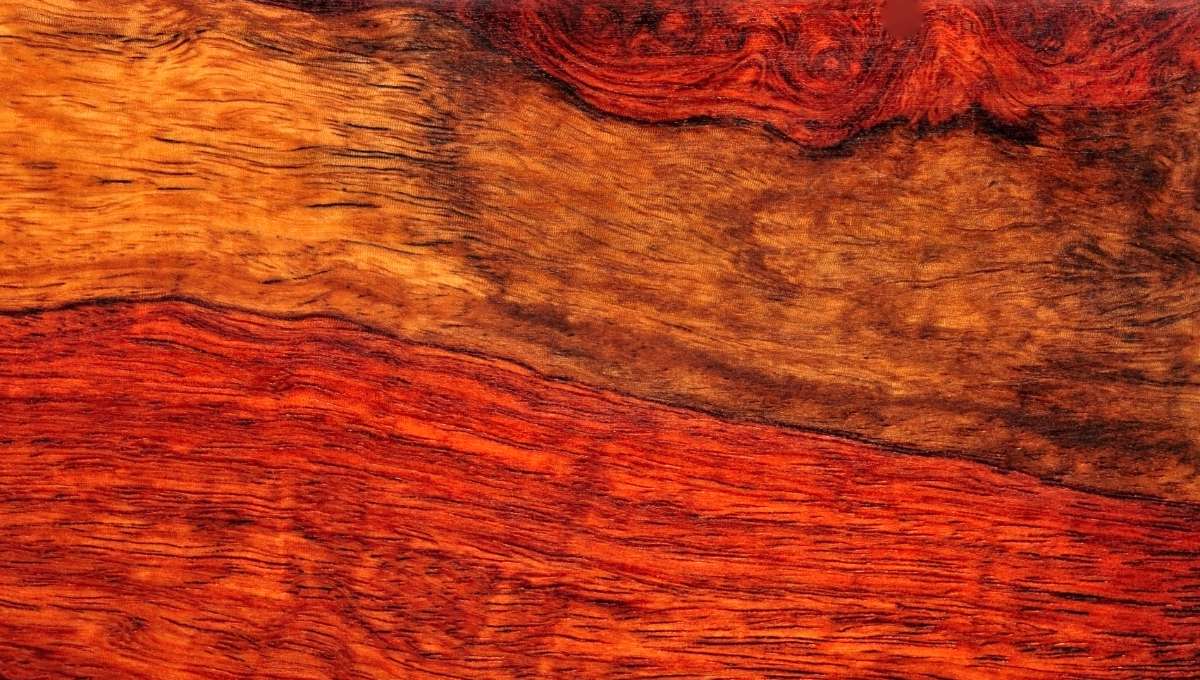Mahogany is renowned for its beauty, durability, and workability, making it a favorite among carpenters and woodworkers for high-end projects. Prized for its rich color and fine grain, mahogany adds a touch of luxury to any space. This guide details the advantages of using mahogany and its popularity in both the UK and Ireland.
Physical Properties
- Color: Mahogany typically displays a deep, rich reddish-brown color that darkens over time, enhancing its elegance.
- Grain: Possesses a straight grain, sometimes with waves or curls that add to its visual appeal.
- Density: It is a dense hardwood, which contributes to its durability and luxurious feel.
- Texture: Mahogany has a smooth texture and a fine to medium grain, ideal for high-quality finishes.
Mechanical Properties
- Strength: Mahogany is known for its strength and durability, making it suitable for robust furniture and long-lasting woodwork.
- Durability: It offers excellent resistance to decay, making it ideal for indoor and outdoor use.
- Workability: Despite its density, mahogany is relatively easy to cut, shape, and sand, making it a preferred choice for intricate woodworking projects.
Workability and Finishing
- Cutting and Shaping: Cuts cleanly, allowing for precise joinery and detailed carving.
- Finishing: Responds well to finishes, enhancing its natural color and protecting it from wear and environmental elements.
- Sealing: Though naturally durable, sealing mahogany can extend its life and preserve its lustrous appearance.
Sustainability
- Sourcing Concerns: Due to overharvesting, it’s crucial to source mahogany from suppliers who practice sustainable forestry to ensure the wood’s longevity in the market.
- Certification: Look for FSC or similarly certified mahogany to guarantee ethical sourcing practices.
Unique Characteristics
- Aesthetic Appeal: Mahogany’s rich color and fine texture make it highly sought after for luxury designs.
- Sound Resonance: Known for its excellent sound properties, mahogany is often used in high-quality musical instruments.
- Historical Significance: Mahogany has a storied history in furniture making, often found in antique collections and period homes.
Practical Applications
- Fine Furniture: Ideal for crafting high-quality furniture like cabinets, desks, and wardrobes that demand a refined aesthetic.
- Boat Building: The wood’s resistance to water makes it suitable for constructing boats and maritime fittings.
- Musical Instruments: Preferred for its sound resonance qualities, used in making guitars and other musical instruments.
Conclusion
Mahogany wood remains a top choice for projects that require a combination of beauty, durability, and workability. Its timeless elegance ensures that it continues to be a staple in luxury woodworking, offering unmatched quality for sophisticated designs. For professionals in the UK and Ireland, mahogany represents an investment in quality and heritage, enriching any carpentry project with its distinguished presence.
Explore the Full Guide
This article is part of our comprehensive “Guide to Woods and Finishes,” which covers a wide range of wood types and their applications in carpentry. To delve deeper into the properties, uses, and care of different woods, click here to access the full guide and enhance your woodworking knowledge and skills.

